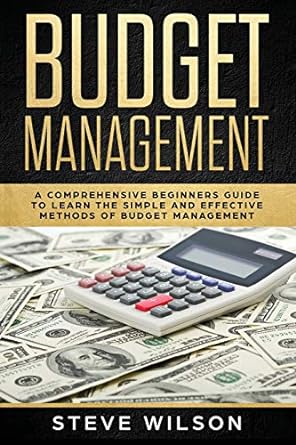Answered step by step
Verified Expert Solution
Question
1 Approved Answer
Condensed comparative balance sheets of Posner Company at December 31, Years 1 and 2, appear as follows: Year 2 Year 1 Cash $53,000 $50,000 Accounts
Condensed comparative balance sheets of Posner Company at December 31, Years 1 and 2, appear as follows: Year 2 Year 1 Cash $53,000 $50,000 Accounts receivable (net) 37,000 48,000 Inventories 108,500 100,000 Investments 70,000 Equipment 573,200 450,000 Accumulated depreciation-equipment (142,000) (176,000) Total assets $629,700 $542,000 Accounts payable Bonds payable, due Year 2 Common stock, $10 par Paid-in capital in excess of par Retained earnings Total liabilities and stockholders' equity The income statement for the current year is as follows: Sales Cost of merchandise sold Gross profit $62,500 $43,800 100,000 335,000 285,000 70,000 55,000 162,200 58,200 $629,700 $542,000 $625,700 340,000 $285,700 Previous Next Sales Cost of merchandise sold Gross profit Operating expenses: $625,700 340,000 $285,700 Depreciation expense $26,000 Other operating expenses 68,000 94,000 Income from operations $191,700 Other revenue and expense: Gain on sale of investment $4,000 Interest expense (6,000) (2,000) Income before income tax $189,700 Income tax expense 60,700 Net income $129,000 Additional data for the current year are as follows: Fully depreciated equipment costing $60,000 was scrapped, no salvage, and new equipment was purchased for $18 Bonds payable for $100,000 were retired by payment at their face amount. 5,000 shares of common stock were issued at $13 for cash. Cash dividends declared and paid, $25,000. Prepare a statement of cash flows for the year ended December 31, Year 2, using the indirect method. Use the minus sign to indicate cash out flows, cash payments, decreases in cash, or any negative adjustments. Posner Company Statement of Cash Flows For the Year Ended December 31, Year 2 Cash flows from (used for) operating activities: Adjustments to reconcile net income to net cash flows from (used for) operating activities: Changes in current operating assets and liabilities: Cash flows from (used for) investing activities: Cash flows from (used for) financing activities: Cash balance, January 1, Year 2 Cash balance, December 31, Year 2
Step by Step Solution
There are 3 Steps involved in it
Step: 1

Get Instant Access to Expert-Tailored Solutions
See step-by-step solutions with expert insights and AI powered tools for academic success
Step: 2

Step: 3

Ace Your Homework with AI
Get the answers you need in no time with our AI-driven, step-by-step assistance
Get Started


